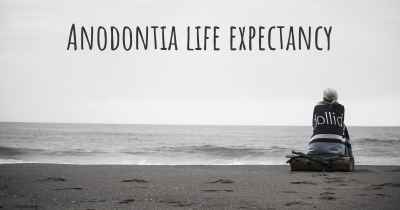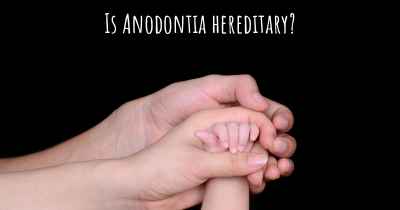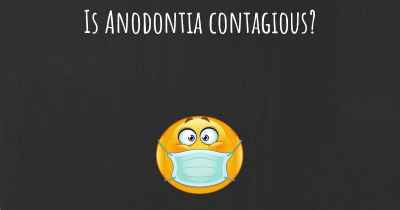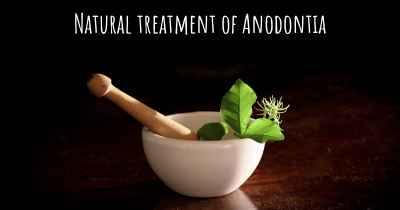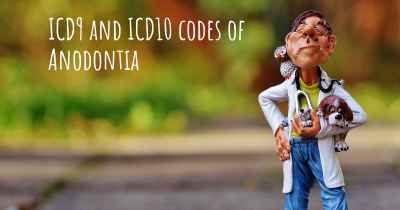What are the latest advances in Anodontia?
Here you can see the latest advances and discoveries made regarding Anodontia.
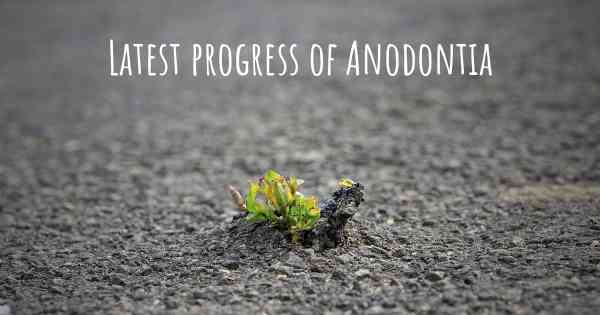
Anodontia, also known as congenital absence of teeth, is a rare condition characterized by the complete absence of teeth. It can significantly impact a person's oral health, aesthetics, and overall quality of life. However, recent advances in dentistry have provided promising solutions for individuals with anodontia, offering them the opportunity to regain functional and natural-looking teeth.
Dental Implants: One of the most significant advancements in treating anodontia is the development of dental implants. Dental implants are artificial tooth roots made of biocompatible materials, such as titanium, that are surgically placed into the jawbone. These implants provide a strong foundation for the attachment of prosthetic teeth, allowing individuals with anodontia to regain their ability to bite, chew, and speak properly. Dental implants offer a long-lasting solution and can greatly improve the quality of life for those affected by anodontia.
3D Printing Technology: Another breakthrough in the field of dentistry is the utilization of 3D printing technology. This technology allows for the creation of highly accurate and customized dental prosthetics, including crowns, bridges, and dentures. For individuals with anodontia, 3D printing enables the production of prosthetic teeth that perfectly match the shape, size, and color of their natural teeth. This not only enhances the aesthetics but also ensures a comfortable fit and improved functionality.
Regenerative Dentistry: Regenerative dentistry is an emerging field that aims to regenerate damaged or missing tissues in the oral cavity, including teeth. Scientists are exploring various techniques to stimulate the growth of new teeth, such as stem cell therapy and tissue engineering. While still in the experimental stage, these advancements hold great potential for individuals with anodontia. If successful, regenerative dentistry could provide a biological solution to replace missing teeth, eliminating the need for artificial prosthetics.
Gene Therapy: Gene therapy is a cutting-edge approach that involves modifying a person's genes to treat or prevent diseases. In the context of anodontia, researchers are investigating the role of specific genes responsible for tooth development. By understanding the genetic basis of anodontia, scientists hope to develop targeted gene therapies that can stimulate tooth formation in individuals affected by this condition. While gene therapy for anodontia is still in its early stages, it represents a promising avenue for future treatment options.
Improved Dental Materials: Advancements in dental materials have also contributed to the treatment of anodontia. Modern dental materials, such as zirconia and porcelain, offer superior aesthetics and durability compared to traditional materials. These materials can be used to create prosthetic teeth that closely resemble natural teeth in terms of color, translucency, and texture. Additionally, they are highly resistant to wear and staining, ensuring long-term functionality and aesthetics for individuals with anodontia.
In conclusion, recent advances in dentistry have revolutionized the treatment options for individuals with anodontia. Dental implants, 3D printing technology, regenerative dentistry, gene therapy, and improved dental materials have all played a significant role in improving the lives of those affected by this condition. These advancements offer hope for individuals with anodontia, providing them with functional and aesthetically pleasing teeth, and paving the way for further breakthroughs in the future.
